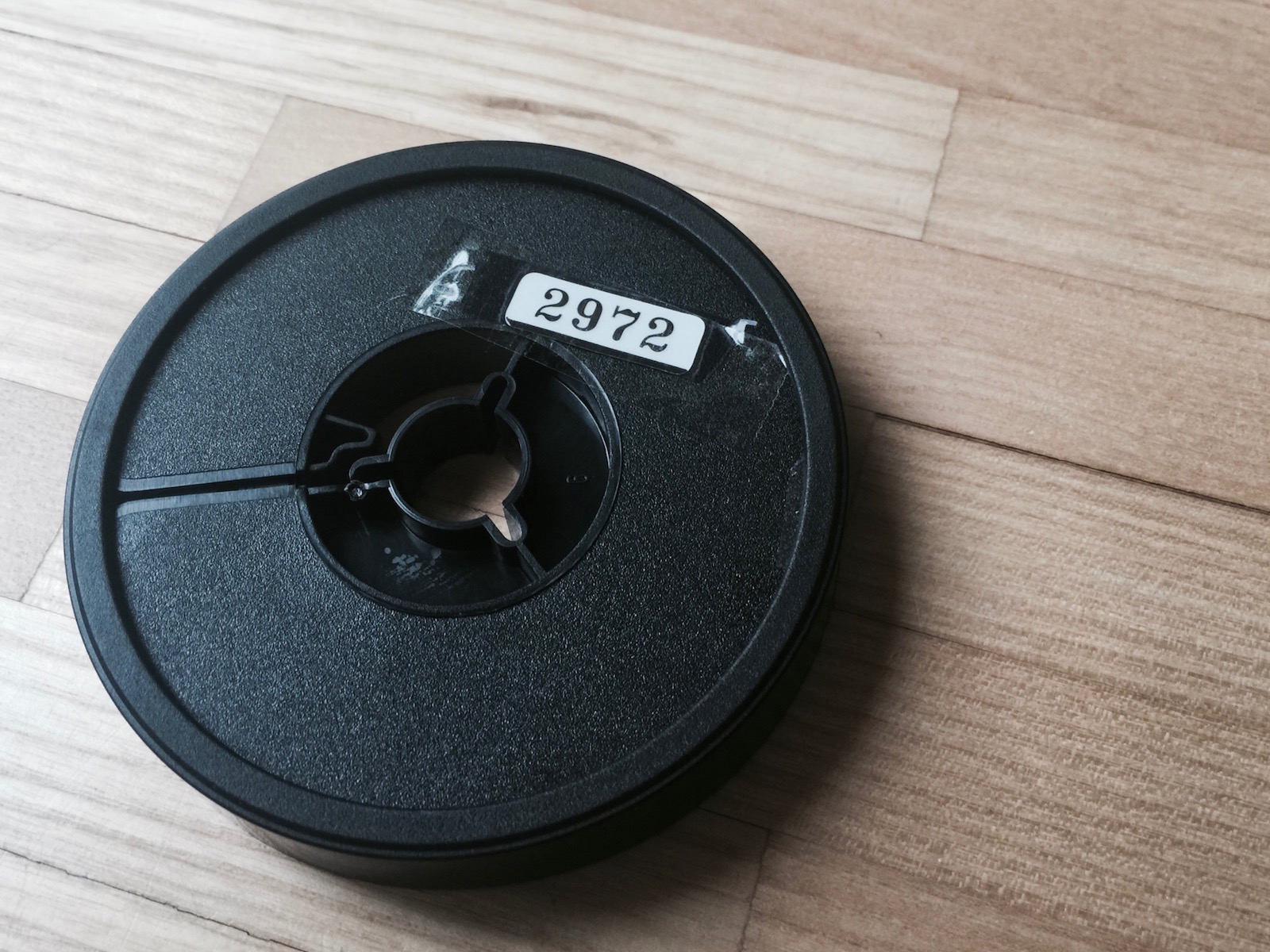My Super8 8mm Experiment – Telecine and motion picture film scanners

After shooting and developing 8mm motion picture film, one might want to transfer it to a digital format. This is quite complicated actually, since there are no consumer or easy solutions available. Most people just capture their original film playing on a projector with a digital camera. Although it looks quite nice in most cases, clearly this can’t be the best way to do it.
There is one project I could find, trying to utilize consumer flatbed scanners with transparency units (TPU) and the Cine Film to Video Suite by W. Kurz, allowing high quality digitization of 8mm, 16mm and 35mm film at low costs.
Basically, one has to manually scan segments of the film, cut out the single frames of the movie, store them as single image files consecutively numbered and combine them to a MPEG II movie using FFMPEG. Obviously every single image can and probably should be cleaned, stabilized and so forth. In addition any sound has to be recorded separately. All in all, a very time consuming process, but still an almost free way to do it.
Within the film industry the process to transfer the original film to an electronic format is called Telecine and is even more complex. During Telecine the film is played and recorded digitally in real time. The most important issue being the synchronization of the mechanical film motion and the electronic video signal.
“The most complex part of telecine is the synchronization of the mechanical film motion and the electronic video signal. Every time the video (tele) part of the telecine samples the light electronically, the film (cine) part of the telecine must have a frame in perfect registration and ready to photograph. This is relatively easy when the film is photographed at the same frame rate as the video camera will sample, but when this is not true, a sophisticated procedure is required to change frame rate.”
The most common methods to do so are 2:2 pulldown and 2:3 pulldown. 2:2 is used for the PAL or SECAM video standard (25 fps) and basically records one video frame for every film frame. Films with 24 fps are just played at 25 fps which is almost not noticeably, apart from a minor audio pitch which can be corrected. 2:3 pulldown is used for the NTSC video standard (29.97 fps) and many others. In these cases a 24 fps film has to be converted into a 29.97 fps video film. For this, 4 film frames played at the slightly reduced speed of 23.976 fps are stretched into 5 video frames exploiting the interlaced nature of video. So basically during Telecine the film is recorded on digital video at slightly increased or decreased speeds, e.g. using the Scanity CCD sensor by DFT – Digital Film Technology. With my 8mm film being recorded at 25 fps, the 2:2 pulldown would be used.
“To avoid the synchronization issues, higher end establishments now use a scanning system rather than just a telecine system. This allows them to scan a distinct frame of digital video for each frame of film, providing higher quality than a telecine system would be able to achieve.”

For best quality one comes back so scanning single frames, just like with W. Kurz’s software. With a motion picture film scanner an original film can be stored as a high-resolution digital intermediate file. They are available for gauges from 8mm to 70mm with high resolutions up do 8K and scan the film frames into separate files for each frame as raw data, preserving optical characteristics of the film and allowing non-linear editing. With products like Arriscan by ARRI and the The Director by Lasergraphics for single frame intermittent pull-down or Golden Eye Filmscanner by Digital Vision for continues motion scanning it becomes clear, these are no products for home use.
This explains, why W. Kurz developed his software. It also explains, why most people choose to capture their original films playing on a projector with a digital camera. As this is no option for me, I have to choose between digitizing the film manually or ordering a high end digital intermediate.
Check this out: A Super 16mm Summer from Elliot Rudmann on Vimeo.
Related

